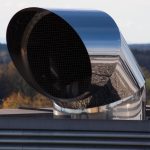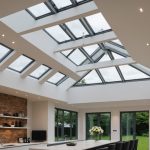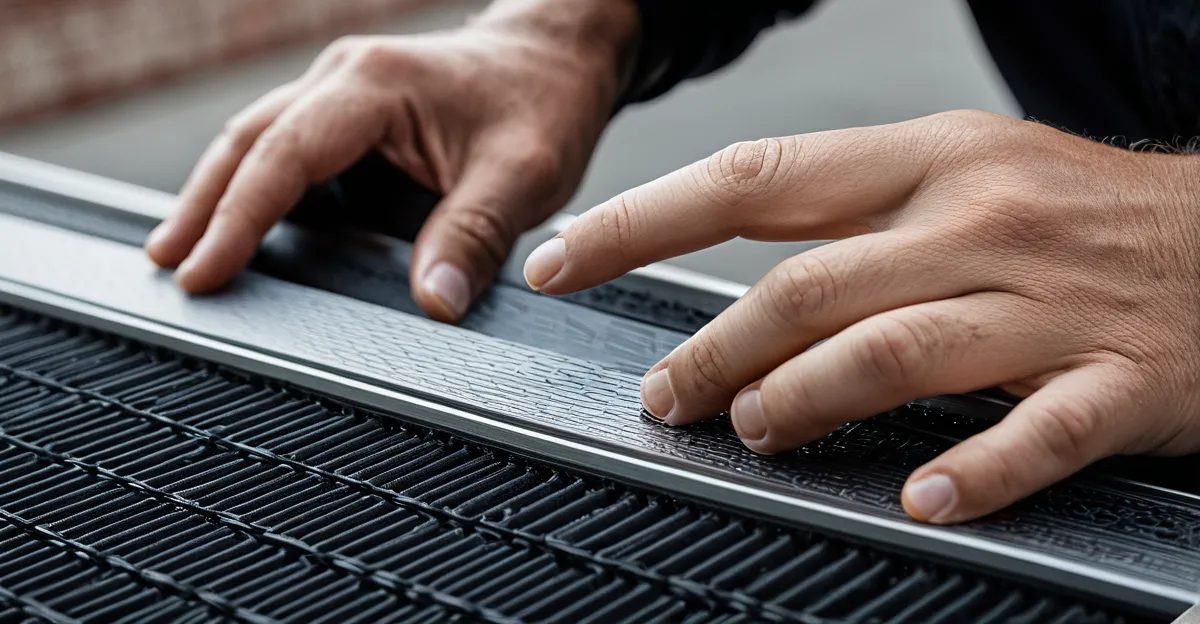External rendering systems protect and enhance buildings while boosting durability against weather and wear. Choosing the right system depends on materials, techniques, and specific building needs. Understanding each option’s strengths allows informed decisions that balance aesthetics, insulation, and maintenance for long-term value.
Essential Guide to External Rendering Systems: Types, Methods, and Benefits
Understanding External Rendering’s Role
For both new developments and property upgrades, Render Systems improve protection from weather, refreshing facades while increasing comfort indoors. Externally applied renders help preserve masonry, shield against water and frost, and boost kerb appeal with a modern finish.
Also read : Essential guide to asbestos removal in Biggin Hill
Options: Types and Materials
Modern solutions span silicone, acrylic, monocouche, mineral, and External Wall Insulation (EWI) renderings. Silicone renders stand out for their flexibility and self-cleaning properties, perfect for the British climate. Acrylic varieties supply reliable colour and impact resistance. Monocouche offers single-coat convenience with a textured finish, while mineral renders excel where breathability is required. EWI render systems combine insulation boards with decorative render, delivering significant thermal upgrades and reducing fuel bills.
Core Considerations and Selection
Choosing a suitable system means weighing construction type, climate exposure, substrate compatibility, and the desired look. Durability depends on installation quality, correct reinforcement, and using trusted manufacturers. Specific brands like those detailed on Licata Ltd’s page can help you find materials that fit your technical and aesthetic needs for each project, be it for energy efficiency, lasting weatherproofing, or design impact.
Also read : Transform your home with tailored bespoke rooflights
Comparing External Render Systems: Performance, Costs, and Options
Durability, Weather Resistance, and Maintenance
Using the SQuAD approach: Silicone, acrylic, monocouche, and mineral renders vary in durability and resistance to British weather. Silicone renders excel for self-cleaning and flexibility, resisting rain, dirt, and UV—ideal for areas with high wind and rain exposure. Acrylic options also offer solid weatherproofing and crack resistance but may attract dust over time. Monocouche and mineral renders supply robust, one-coat finishes: monocouche is often selected for speed and colour retention, while mineral is faster curing and breathes better, helping moisture escape. All systems outperform classic sand-cement in impact and crack resistance, reducing ongoing repairs.
Cost Factors and Price Tiers
Key cost variables include material type, required insulation thickness, building size, and site accessibility. External wall insulation systems with advanced renders—like premium silicones—cost more initially per square metre than traditional options. These upfront expenses are offset long-term by energy savings and minimal facade maintenance. Installation usually covers surface prep, base coats, reinforcement, insulation, and finish coats. Coloured renders with integrated pigments can be more costly but eliminate repainting. Thicknesses of 10-15mm are common for effective thermal improvement, influencing both outlay and insulation performance.
Suppliers, Warranties, and Product Choice
UK manufacturers and brands supply diverse external render solutions with guarantees up to ten years. For example, Licata Ltd provides a comprehensive range including through-colour silicone and mineral systems. Most suppliers offer extensive colour palettes (130+ shades) and bespoke matching. Product warranties reinforce confidence in durability, while leading brands support property owners with professional advice and all-in-one system compatibility across new builds and renovations.
Customising, Maintaining, and Maximising Impact with Render Systems
Choice of Colours, Textures, Finishes, and Aesthetic Enhancements for Building Façades
Precision: Colour must be present throughout the render, not just on the surface, to ensure repairs do not reveal a mismatch. A top render system delivers this integrity. Coloured render varieties, especially silicone and acrylic-based finishes, provide long-lasting colour stability and resist fading even in demanding weather. Over 130 silicone render color options can be custom-matched, meeting broad project requirements—whether replicating heritage shades or bold contemporary palettes. Multiple finishing textures and patterns—including smooth, scraped, stone chip, and dry dash—offer further opportunities to attain the exact appearance you desire for your façade.
Maintenance Schedules, Cleaning, and Repair Practices that Extend Longevity
Effective maintenance is key. Routine external render cleaning and upkeep, such as gentle washing and periodic inspections, help preserve crisp colour and texture for years. Small cracks or damage require prompt repair and patching methods, using compatible products to restore both function and appearance. Following manufacturer-specific external render maintenance advice prolongs render system lifecycle and limits costly interventions.
Environmental Credentials, Return on Investment, and Innovation
Recent render innovations focus on both sustainability and lifecycle costs. Eco-formulations use lower-impact materials, and many systems like polymer-modified renders enhance thermal insulation. This reduces long-term heating expenses and environmental impact, delivering measurable return on investment while supporting future-forward building practices.











